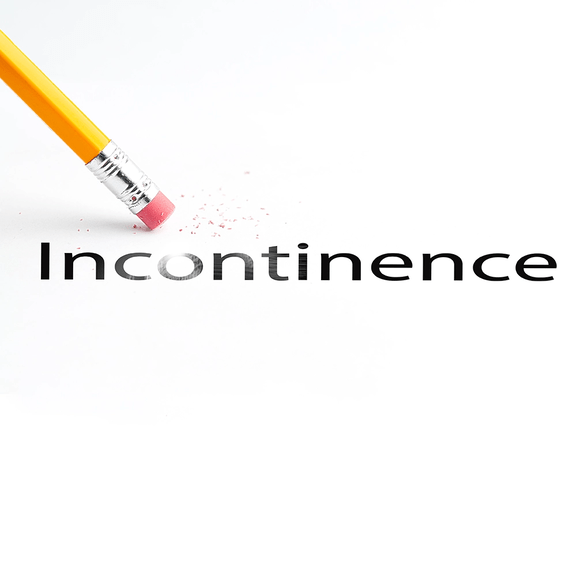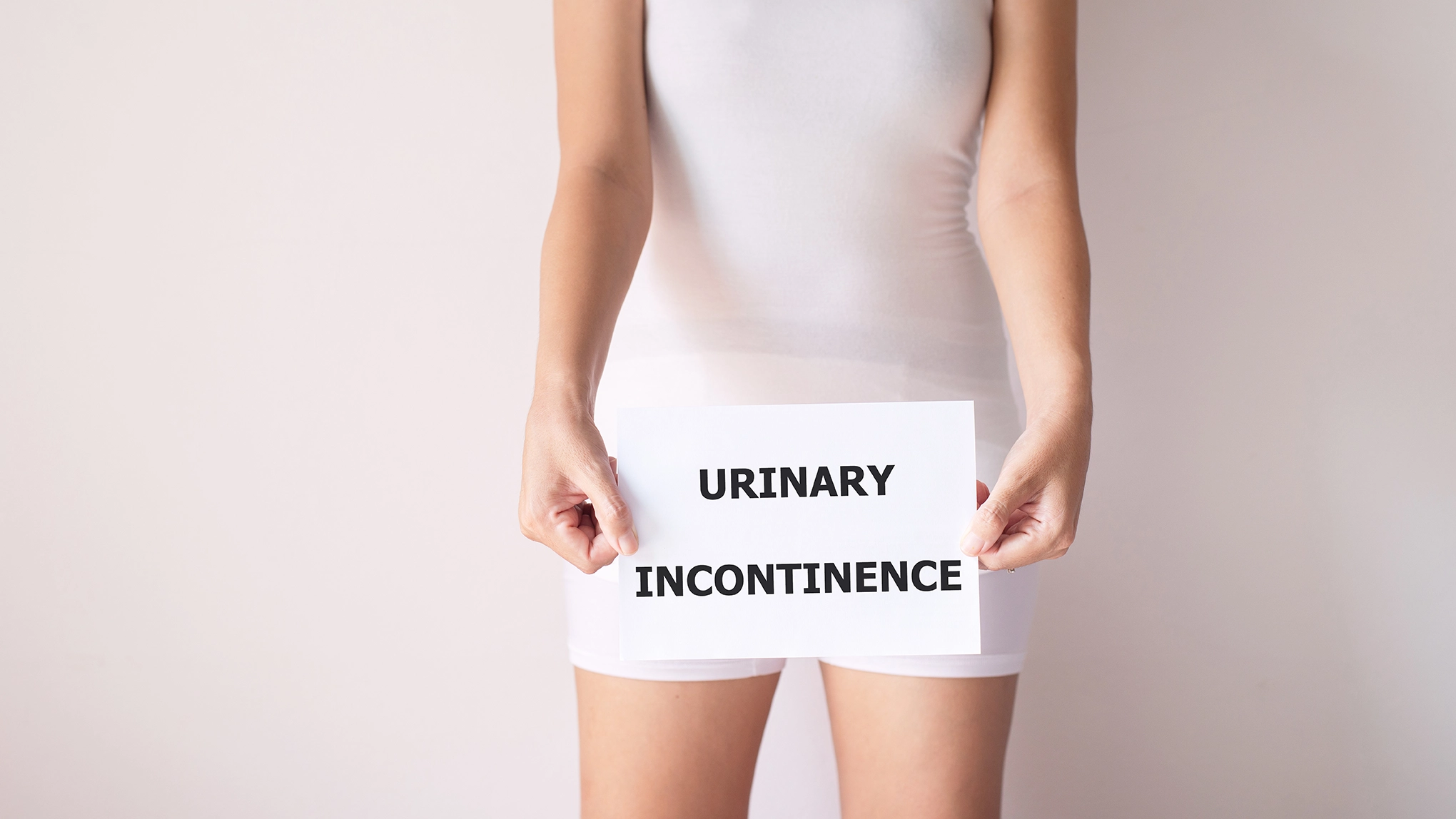Introduction
Benign prostatic obstruction (BPO) is a major cause of LUTS, commonly treated with TURP. HoLEP, a laser-based alternative, has emerged as a promising option. This study compares TURP with HoLEP during and after the learning curve to evaluate surgical efficiency, safety, and functional outcomes.
Materials & Methods
A prospective study of 200 men with BPO-related LUTS was conducted. Patients were divided into three groups: TURP (Group 1, n=100), HoLEP during the learning curve (Group 2, n=50), and HoLEP post-learning curve (Group 3, n=50). Surgical efficiency, functional recovery (Qmax, IPSS, PVR), and safety outcomes were analyzed.
Results
Group 3 showed the highest enucleation efficiency (1.29 g/min) and shorter operative time, 82.5 min (40-220 min), significantly outperforming Groups 1 and 2. Qmax, IPSS, and PVR improved in all groups, with the greatest improvements in Group 3, followed by Group 2 and then Group 1.
Postoperative functional outcomes were best in Group 3, with:
-
Qmax: 17.5 mL/sec (range: 9 - 45)
-
IPSS: 9 (range: 2 - 25)
-
PVR: 40 mL (range: 0 - 250)
Complication rates were lowest in Group 3, particularly for postoperative bleeding. Catheter removal was slightly faster in Group 2 than in Groups 1 and 3.
Conclusion
HoLEP, especially after the learning curve, provides superior perioperative safety, efficiency, and functional recovery compared to TURP. These findings support HoLEP as a highly effective treatment for BPO-related LUTS.
European Association of Urology, 21-24 March 2025, Madrid, Spain




